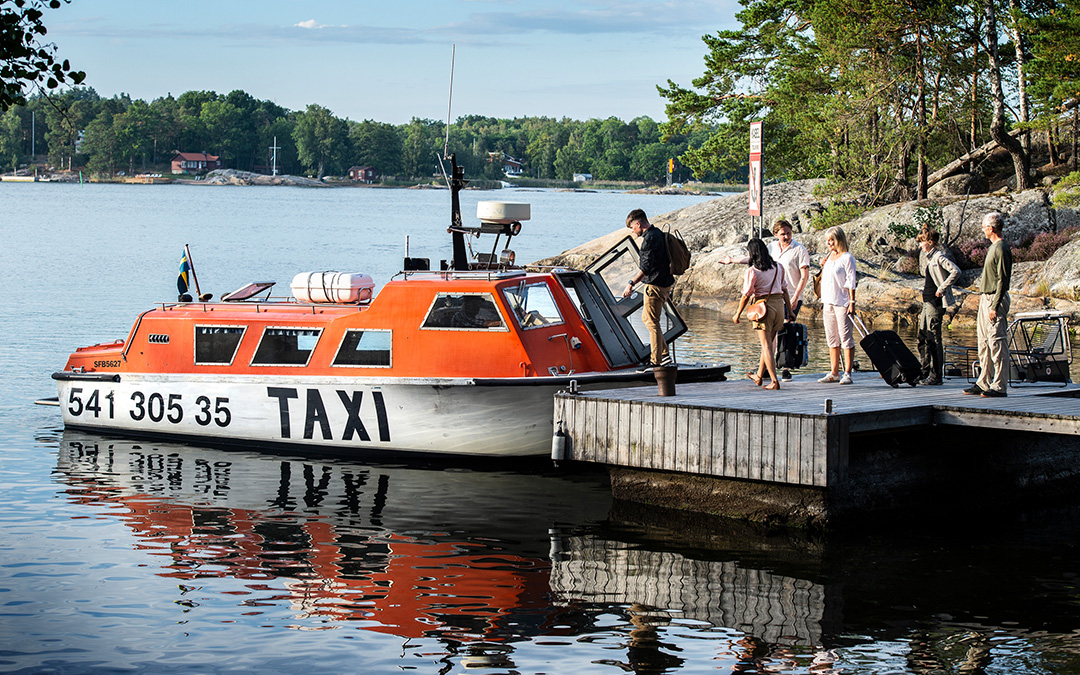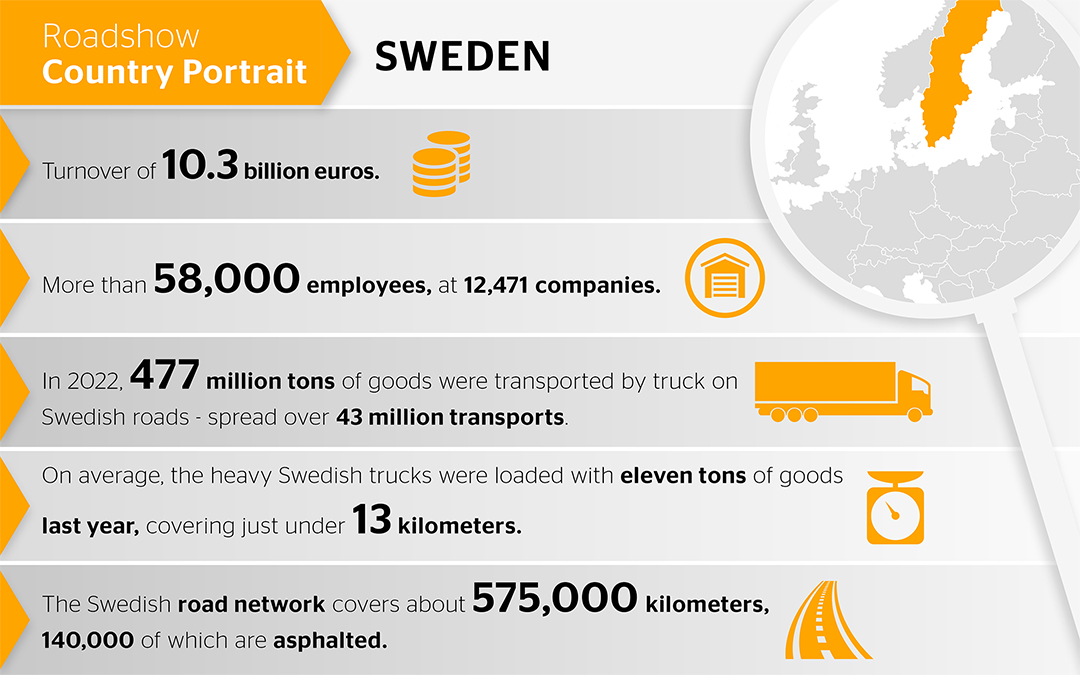With a turnover of 10.3 billion euros, Swedish road haulage ranks 9th in Europe, between Romania and the Czech Republic. Trend: slightly downward. The market size of the industry has decreased by an average of 2.5 percent per year since 2028. Currently, the industry has more than 58,000 employees, an average of 4.7 per company. That is slightly more than five years ago. However, at 12,471, the number of companies has fallen by 1.6 percent compared with 2022. A characteristic feature of Sweden is its low concentration: no company has a market share of more than 5 percent.
Food travels particularly far
Most road kilometers are covered by general goods and bulk cargo, as well as food, beverages and tobacco products. Every year, 1.1 billion kilometers are driven with these in domestic transport. The product group earth, stone and sand only managed 164 million kilometers – and that with around seven million transports, while food, beverages and tobacco only managed 2.4 million transports. This is due to the large differences in transport distance among the product groups. Food, beverages and tobacco traveled the longest distances: 53 of the transports were at least 24 km long. For ore and other products from extraction, 88 percent of the transports were shorter than 16 kilometers.
 The Oresund Bridge connects Sweden with Norway. Photo: Per Pixel Petersson/imagebank.sweden.se.
The Oresund Bridge connects Sweden with Norway. Photo: Per Pixel Petersson/imagebank.sweden.se.
Safe roads
The Swedish road network covers about 575,000 kilometers, 140,000 of which are asphalted. Swedish road traffic is among the safest in the world. In 2013, there were 2.8 traffic fatalities per 100,000 inhabitants, with a total of 272.
The roads have a good infrastructure of rest areas and are freeway-like on more heavily traveled routes. The highways primarily connect the three metropolitan areas around Stockholm, Gothenburg and Malmö. A toll freeway runs over the Öresund Bridge.
The main roads are often alternating three-lane roads, with the middle lane being used as a passing lane for one direction at a time. Country roads and minor roads are often unpaved throughout Sweden.
On the road in an intercity bus
Intercity buses are popular for passenger transport in Sweden. They are inexpensive and have a close-knit network. Additionally, boat taxis are a fun alternative.

From A to B with a taxi ride on the water. Photo: Credits: Anna Hållams/imagebank.sweden.se.
What products have you already transported in Sweden – and how long have you been on the road with them?


0 Comments